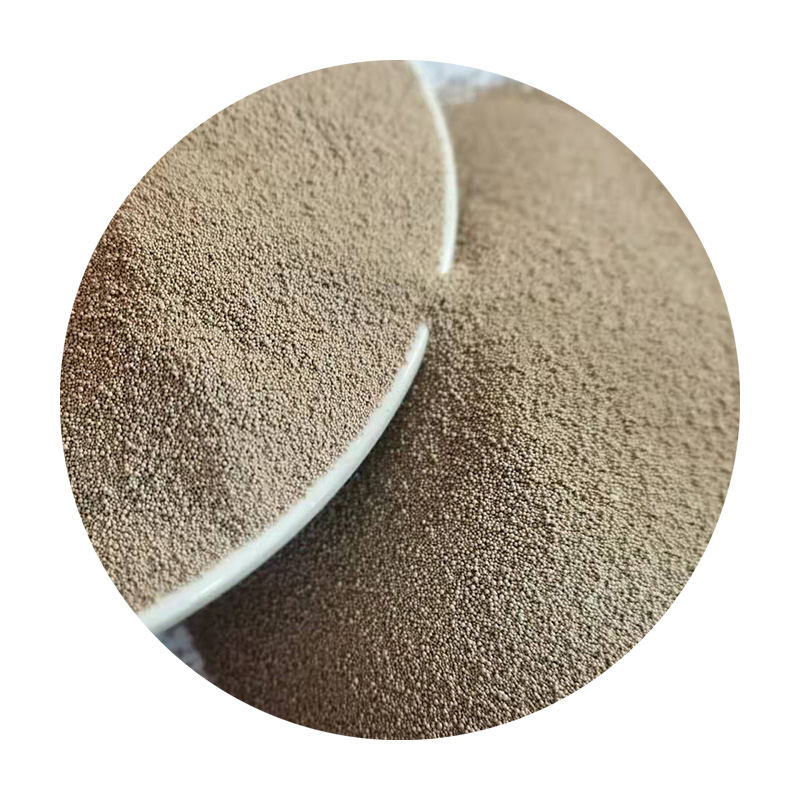The History of Sand Casting A Journey Through Time
Sand casting, an age-old metalworking technique, has a rich history that dates back thousands of years. This process involves creating a mold from sand in which molten metal is poured to produce intricate metal parts. As one of the oldest methods of metal casting, sand casting has played a pivotal role in the development of various industries and technological advancements.
The History of Sand Casting A Journey Through Time
As civilizations progressed, so did the complexity of sand casting methods. In the Middle Ages, blacksmiths and metalworkers began to refine their techniques, using sand from riverbanks and beaches to create more durable and precise molds. The introduction of the printing press during the Renaissance further influenced sand casting, as it enabled the production of more intricate pattern designs, leading to more detailed castings.
sand casting history

The Industrial Revolution marked a significant turning point in the history of sand casting. The demand for mass production of goods led to innovations in casting techniques, with the introduction of mechanized processes to improve efficiency and consistency. Factories began using green sand, a mixture of sand, clay, and water, which became the standard for creating molds. This method not only allowed for faster production but also improved the quality of the final products.
Throughout the 20th century, advancements in materials and technology transformed sand casting further. The introduction of resin-bonded sands, for example, provided greater strength and flexibility in mold-making. This innovation meant that manufacturers could produce complex shapes with finer details and smoother surfaces. Additionally, computer-aided design (CAD) technology revolutionized the way patterns were created, allowing for a more precise and efficient design process.
Today, sand casting remains a cornerstone of metal fabrication. Its versatility is evident across various industries, including automotive, aerospace, and art. The ability to cast a wide range of metals, from aluminum to iron, makes it an invaluable technique, capable of producing both small intricate parts and large-scale components.
In conclusion, the history of sand casting is a testament to human ingenuity and the continual quest for improvement in manufacturing processes. From its ancient roots to modern-day applications, sand casting has significantly influenced the development of technology and industry. As we move forward, this timeless technique continues to evolve, showcasing its enduring relevance in a rapidly changing world. The journey of sand casting is a celebration of craftsmanship and innovation, demonstrating how tradition and modernity can coexist harmoniously in the realm of metalworking.
Post time:10 月 . 21, 2024 22:18
Next:Innovative High-Performance Super Sand for Optimal Construction Solutions
